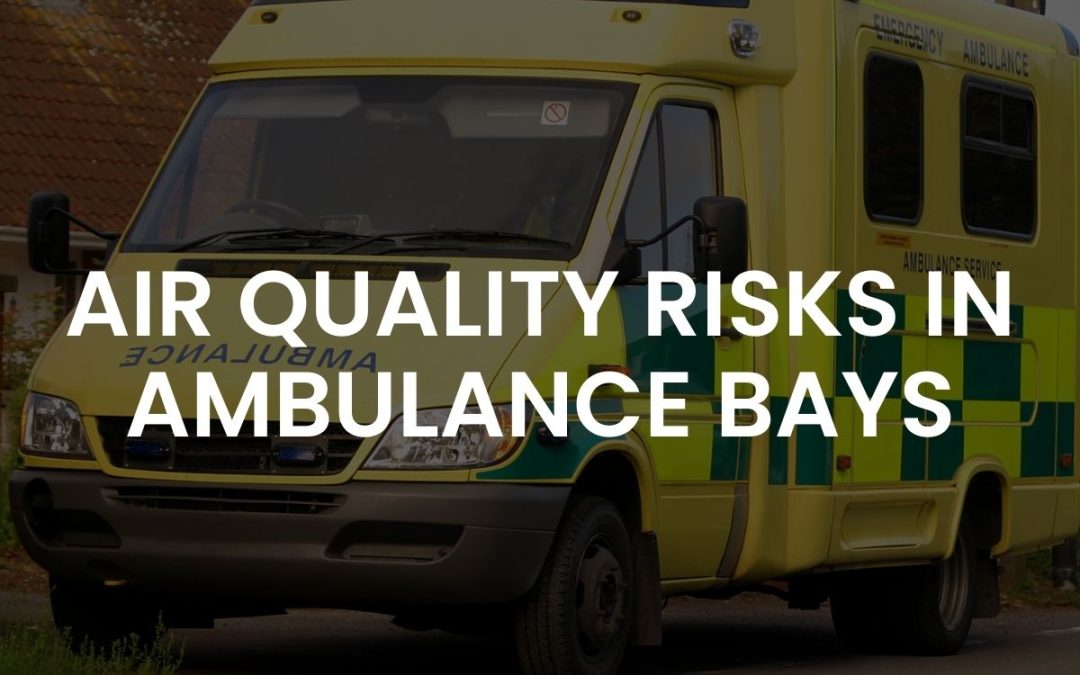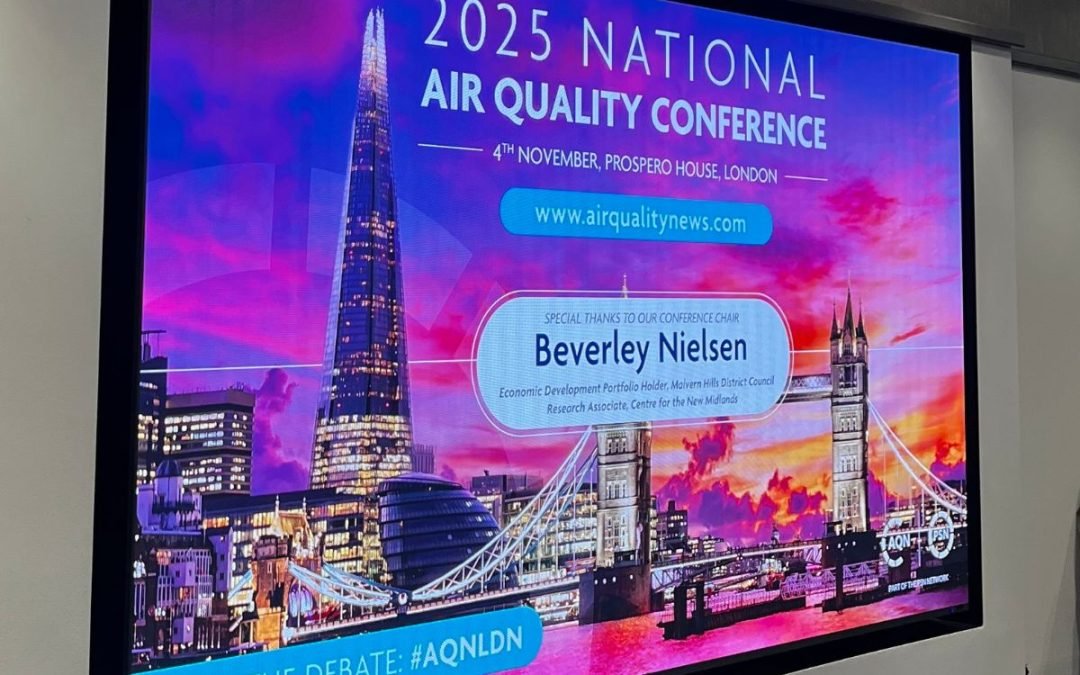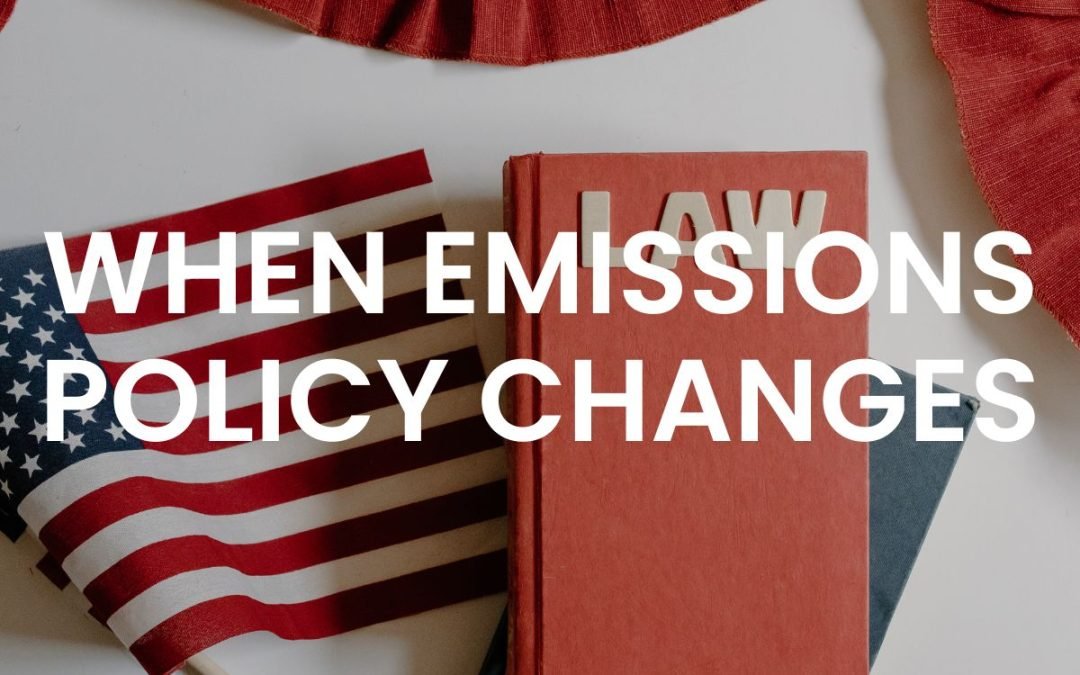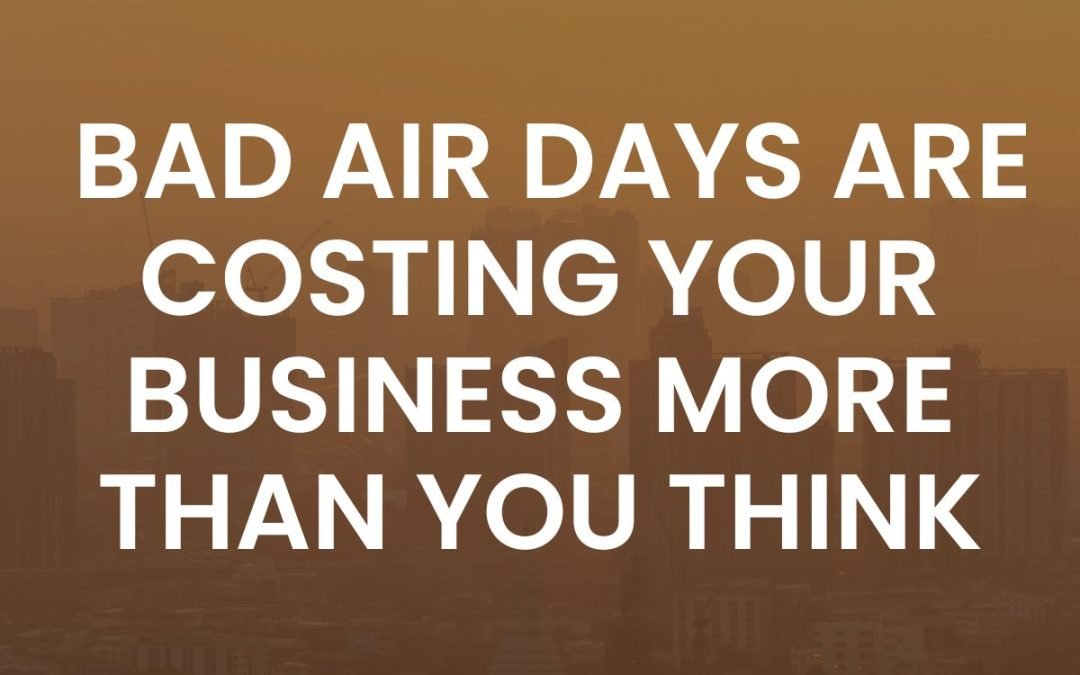Guildford Borough Council just approved their new five-year air quality strategy.
There are some genuinely useful bits in there that any local authority wrestling with air quality problems should probably look at.
Because let’s be honest: if your town or city has pollution issues, you’re probably feeling the pressure from residents, regulators, and your own conscience to actually do something meaningful about it.
The Numbers Game
Air pollution costs the UK about £16 billion annually in health impacts alone. That’s not some abstract figure – it hits your community through higher healthcare demands, sick days, and frankly, people just feeling rubbish more often than they should.
Road transport is usually the main culprit (cars, vans, lorries), but knowing that doesn’t tell you much about what to do about it on Tuesday morning when your monitoring station shows a spike.
Typical council air quality strategies follow a fairly standard playbook: anti-idling enforcement campaigns, Low Emission Zones for buses or all vehicles, upgrading council fleets to electric, installing EV charging points, school street closures, green infrastructure like living walls near pollution hotspots, traffic management improvements, and public awareness campaigns.
These measures are all sensible – anti-idling campaigns have proven effective (Colchester’s study showed lasting behaviour change even after signs were removed), Clean Air Zones have delivered measurable NO2 reductions, and fleet upgrades demonstrate leadership. But with council budgets stretched to breaking point, the critical question isn’t whether these approaches work – it’s which ones deliver the biggest impact per pound spent.
Without proper monitoring to track what’s actually happening before, during, and after these interventions, councils risk spending limited resources on measures that sound good in strategy documents but may not be targeting their specific pollution problems effectively.
Here’s where most councils get stuck. You’ve got monitoring equipment that tells you PM2.5 levels went up. Great. Now what?
Traditional monitoring gives you the “what” but rarely the “why” or “what to do about it.” Was it construction dust? A delivery truck idling outside the school? Traffic congestion from that new development?
Without knowing the source, you’re basically throwing solutions at a wall and hoping something sticks.
Three Things That Actually Make A Difference
If you’re putting together your own air quality strategy (or updating the one that’s been sitting in a drawer since 2019), focus on these:
Get Monitoring That Actually Helps MCERTS-certified equipment isn’t just a compliance issue – it’s about having data you can trust. Look for systems that can show you what’s causing pollution spikes, not just when they happen. EMSOL provides a solution that includes cameras that automatically capture what’s happening when pollution levels jump. Game changer.
Think Beyond The Numbers Pollution levels are useful, but pollution sources are actionable. If you can identify that most of your NO2 spikes come from delivery vehicles between 8-10am, you can actually do something about it. Maybe work with local businesses on delivery time windows. Maybe look at routing restrictions.
Make It Simple To Act On Your monitoring system should make your life easier, not harder. Automated alerts when things go wrong. Simple dashboards that don’t require a PhD to interpret. Reports that actually help when the local paper starts asking questions.
The Bigger Picture
Air quality isn’t really about regulatory compliance. It’s about public health, community trust, and honestly, whether people want to live and work in your area.
Good air quality monitoring helps with all of that. It shows residents you’re taking the issue seriously. It gives you evidence when you need to make difficult decisions about traffic restrictions or development approvals.
Good air quality data can also support economic development. Businesses care about this stuff now. So do families choosing where to live.
If your council is dealing with air quality challenges (and let’s face it, most are), the principles are the same regardless of size or budget. Start with reliable monitoring. Focus on understanding sources. Make it easy to take action when problems arise.
The technology exists to make this manageable. The question is whether you’re ready to use it properly.
Need help figuring out what precision monitoring could do for your specific situation? EMSOL’s team knows this space inside and out. We’re happy to have a proper conversation about what might actually work for your patch.





